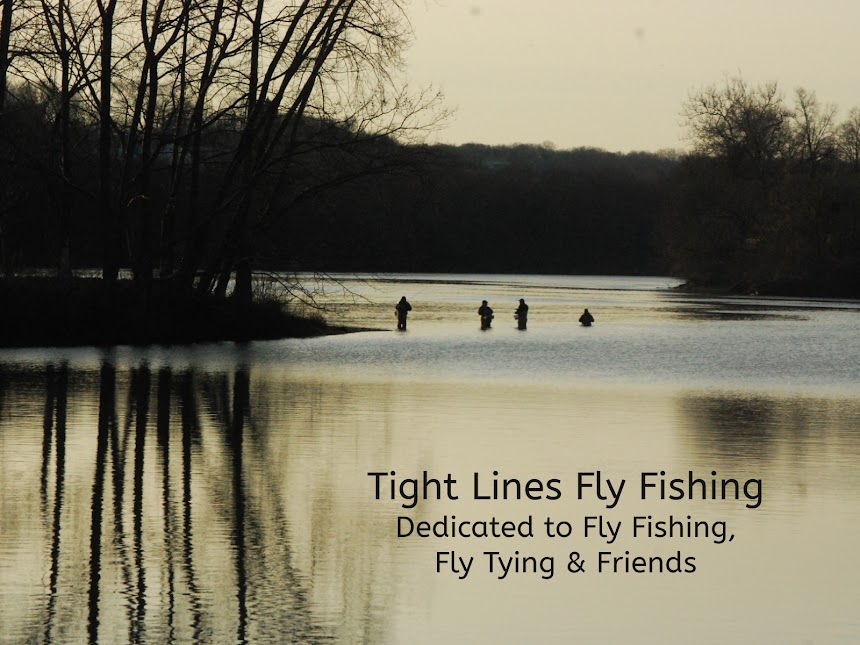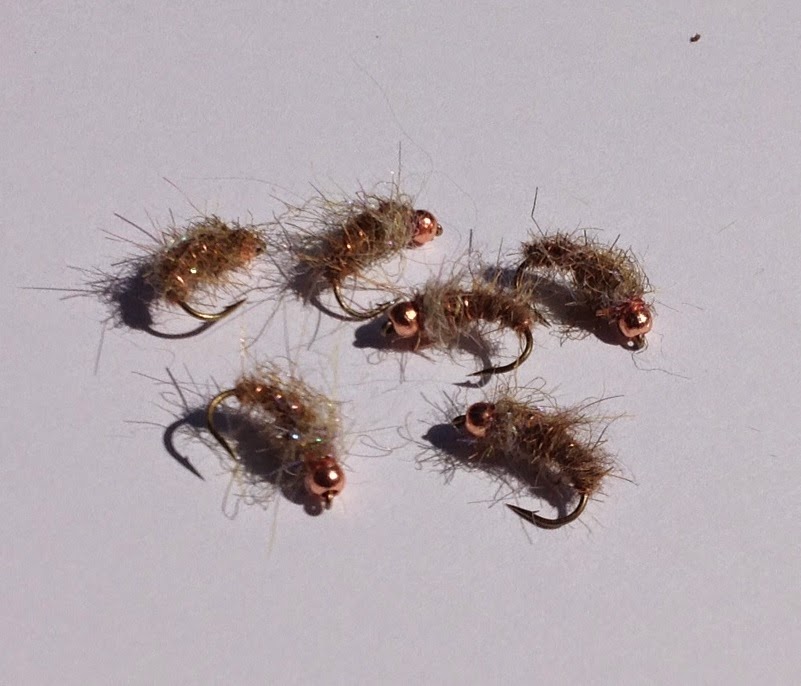Dubbed Egg Fly
Hook:
Favorite egg hook – this can be a regular nymph hook, egg hook/glo bug hook, or TMC 2487.
Tying
thread: Florescent orange thread or thread color of
choice.
Tail/trailing milt: White Glo bug yarn. (I sometimes use CDC feathers)
Egg: Cheese Glo bug yarn or color of choice.
Eggs,
eggs, eggs!!! In the late fall &
winter, if I’m nymphing, one of my flies is almost always an egg. If you’re a steelhead fisherman you already
know about how productive egg patterns are.
Trout and steelies love them because there’s so much nutrition in one
bite.
There are
many techniques for tying an egg pattern.
This is one of my favorites. It’s
fast and easy. What I also like about it is that you can create an egg of a
very specific size. Rather than lashing
the glo bug yarn on the hook – raising, twisting and then cutting it, you are
going to “dub” the glo bug yarn onto your hook.
Before you do this you are going to create your egg dubbing with a
coffee grinder. I’m going to show my age
here a little bit. Long before we had
such a broad variety of commercially prepared dubbings, many of us fly tyers would
use a coffee grinder to create our own dubbing concoctions. That’s
exactly what we are going to do here. We
are going to make a dubbing mixture out of glo bug yarn.
Begin by
taking a strand of glo bug yarn. Spread
and flatten it out. Cut off small pieces
(approximately ¼ inch) of bug yarn into a small pile. Place the chopped pieces of yarn into the
coffee grinder and grind away to form a nice dubbing blend. You can customize it anyway you want. If you want to add a little flash throw some
angel hair or tinsel of choice into the mix.
With your dubbing mix prepared, your now ready to start your fly.
Start your
thread behind the eye of the hook and wind down to about the half way point of
your hook shank. Bring the thread back
up to the eye. Next, you are going to
prepare your trailing milt tail. Take a
strand of white glow bug yarn. Divide it
into 3 strands of material. Take one
newly created strand and fold it in half over your thread. You are going to “double” it on top of the
hook shank and wrap over it with your thread.
You are now going to dub your egg.
Dub your egg with the glo yarn dubbing you created. It’s very easy to dub a ball on your hook
shank. Don’t dub the egg too tight. You want it to remain somewhat
translucent. Make sure all your thread
wraps are covered and not exposed. Next,
create an orange head at the front of the fly.
Apply head cement. Finally trim
and cut your milt tail approximately at the bend of the hook.
Below is a great instructional video from www.toflyfish.com .
If you have any
questions about this fly or would like to submit a Fly of The Month I can be
reached at 203 305-3850 or e-mail me at pdinice@frontier.com .

















.JPG)
.JPG)



